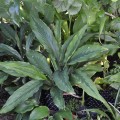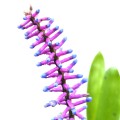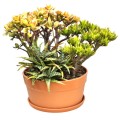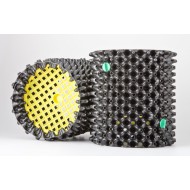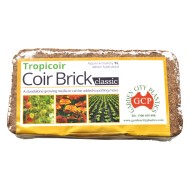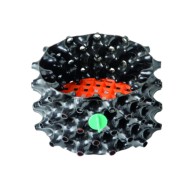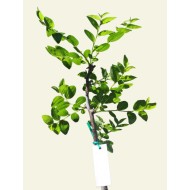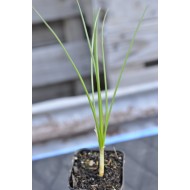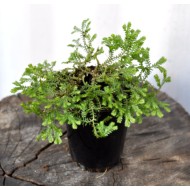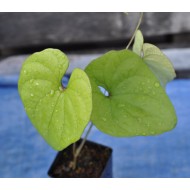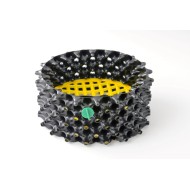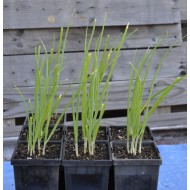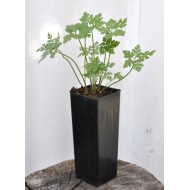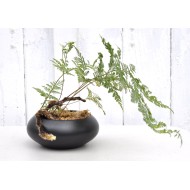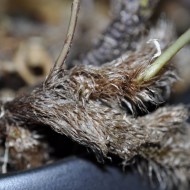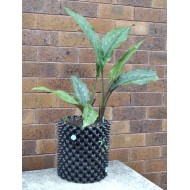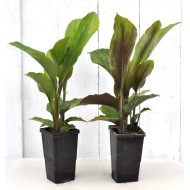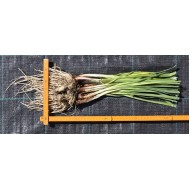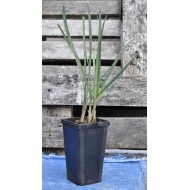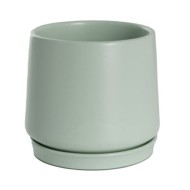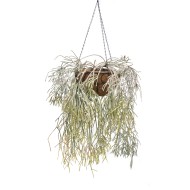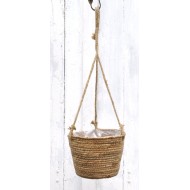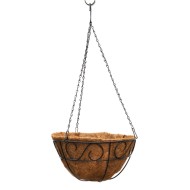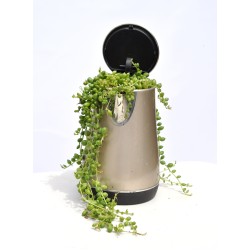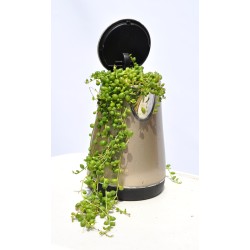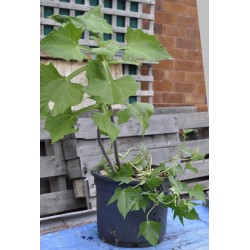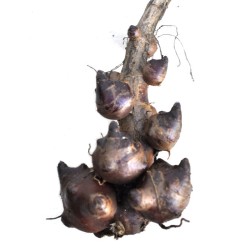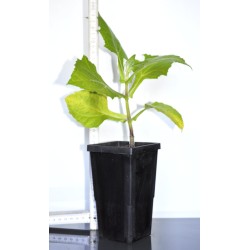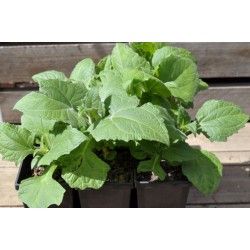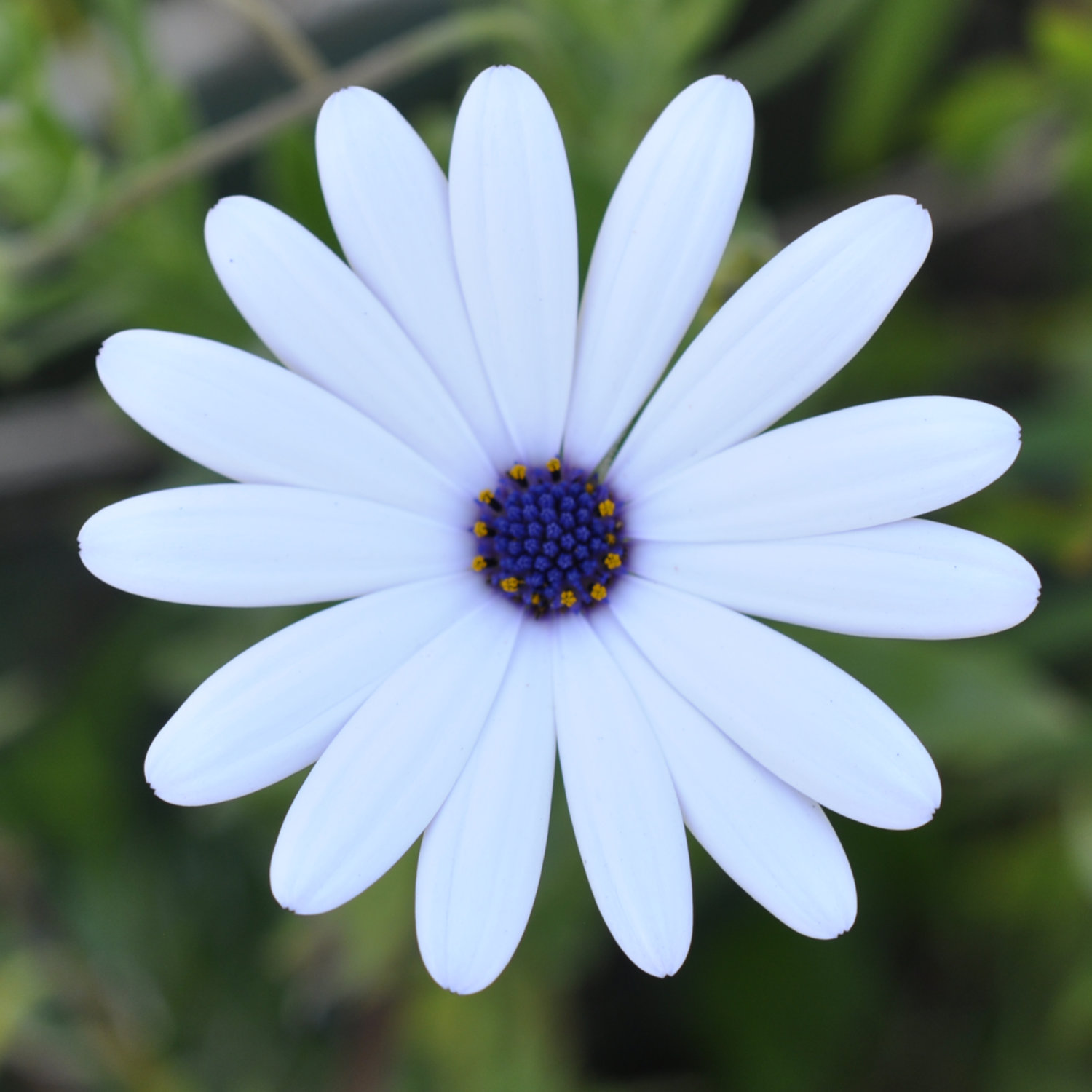 Name: Asteraceae
Name: Asteraceae
Alternative Name: Compositae
Meaning of Name:
Asteraceae, from Latin astēr, from Ancient Greek ἀστήρ (astḗr, ‘star’, the shape of the flowers) + Latin -āceae (the feminine plural of -āceus,‘resembling’, a suffix used to form the taxonomic family names of plants, algae, bacteria, and fungi)
Compositae, from Latin compositus (‘made up of parts’, a reference to the composite flower heads) + -ae (feminine plural suffix used to form adjectives)
Common Names:
The aster, daisy, composite, or sunflower family
Botanical Information:
Asteraceae is huge and diverse, with over 1,900 genera and 32,000 species on every continent bar Antarctica. Plants in this family may be annual, biennial or perennial, and of vine, bush or tree form. Most are herbaceous.
Many, many ornamental, medicinal and food plants are in this family, such as daisies, dahlias, marigolds, Calendula, Echinacea, sunflowers, lettuces, Jerusalem artichoke, and yacón.
One defining botanical characteristic all Asteraceae share is their unique flower structure. What appears to be a single flower is actually a composite of many small flowers — what look to be the petal of an Asteraceae flower is actually a flower itself!
The photo chosen to illustrate this family shows the flower of an African daisy (Osteospermum sp.).
Image copyright © Optimate Group Pty Ltd



